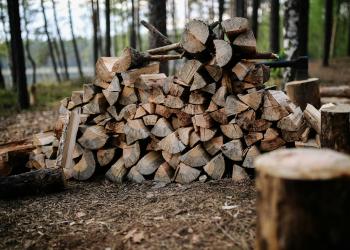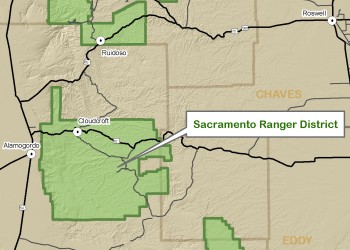Welcome to Lincoln National Forest
The Lincoln National Forest spans 1.1 million acres of southeastern New Mexico, encompassing three majestic mountain ranges: Sacramento, Guadalupe, and Capitan. With elevations ranging from 4,000 to 11,500 feet, the forest boasts diverse ecosystems, from Chihuahuan desert to sub-alpine forest.
Visitors can enjoy a wide range of outdoor activities, including hiking, picnicking, mountain biking, camping, and dirt bike riding. The forest is also home to Smokey Bear, the iconic symbol of forest fire
Travel Essentials: Plan Your Visit
Off Highway Vehicle (OHV) Use

The Lincoln offers multiple designated OHV routes and trails! Check out how to get permitted and recreate responsibly here.
Get a Permit

Some activities on the forest require a permit like firewood collection, guided adventures, recreation events, filming, weddings, easements and other events.
Find Your Way

We have online interactive maps, downloadable maps, print and waterproof maps - whatever format you prefer to prepare for your trip.
Camp Out in the Lincoln

From the desert to the mountains, discover your next destination on the Lincoln National Forest. Find recreational camping.
Post-Fire Restoration on the Smokey Bear Ranger District

Learn more about our post-fire restoration and recovery
Step Into Adventure

Discover scenic routes, quiet paths, and endless adventure across the Lincoln National Forest. Your next hike starts here.
Fire Management and Resources
Fire Restrictions and Current Incidents

Your one-stop for fire information on the Lincoln National Forest including fire restrictions, current and prescribed fires, emergency information and prevention.




